Obama has turned this marine reserve into the largest protected area in the world
The reserve, home to 7,000 different species, is renowned for its natural wonders, as well as being culturally significant to Hawaiians.
On Friday (26 August), President Barack Obama announced the expansion of the Northwestern Hawaiian Islands Marine National Monument, also known as Papahānaumokuākea, creating the world's largest protected marine area. It is a World Heritage site encompassing ocean, ten islands and atolls, and is renowned for both its biological and cultural significance.
"Expanding Papahānaumokuākea makes a definitive statement about Hawaii's and the United States' commitment to ocean conservation," said Senator Brian Schatz. "By adopting my proposal to expand the monument, President Obama has created a safe zone that will replenish stocks of tuna, promote biodiversity, and fight climate change, and he has given Native Hawaiians a greater voice in managing this precious resource."
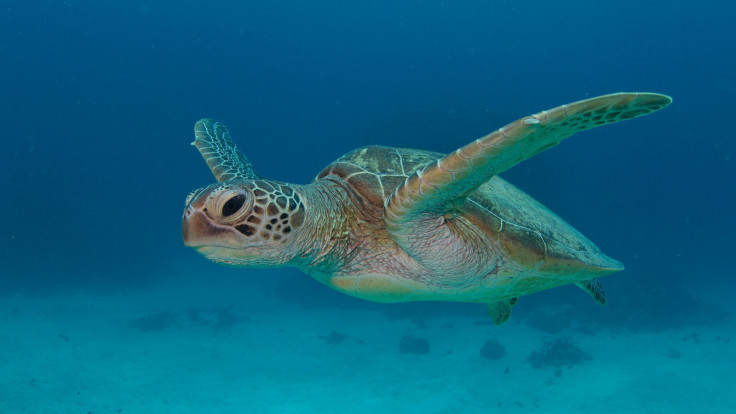
"President Obama's declaration is only the beginning. To create continuing success, we will need to work together to maintain and grow the partnerships that made the expansion possible in the first place," the senator added.
In a move that has been hailed by the scientific community, the expansion will see the area grow by more than 442,760 square miles to 582,578 square miles – an area larger than Peru. It was President George W. Bush who designated the islands and surrounding waters a national marine monument in 2006, the first time a large tract of ocean had been protected in the US. It was the largest marine reserve in the world at the time, before other, larger zones were created around the world. Now Papahānaumokuākea can reclaim its title, after inspiring an international movement to protect ocean regions.
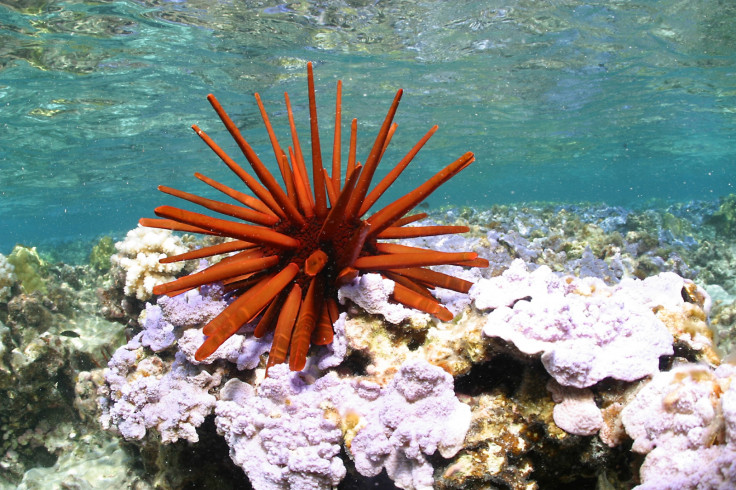
Through petitions, public meetings and other events, Hawaiians were especially supportive of the expansion, especially the Native community who proposed the idea to the White House in January. Papahānaumokuākea is a place of great significance and honour for Native Hawaiians as it is believed to be the root of ancestral connections to the gods, as well as the site where the spirits of the dead return.
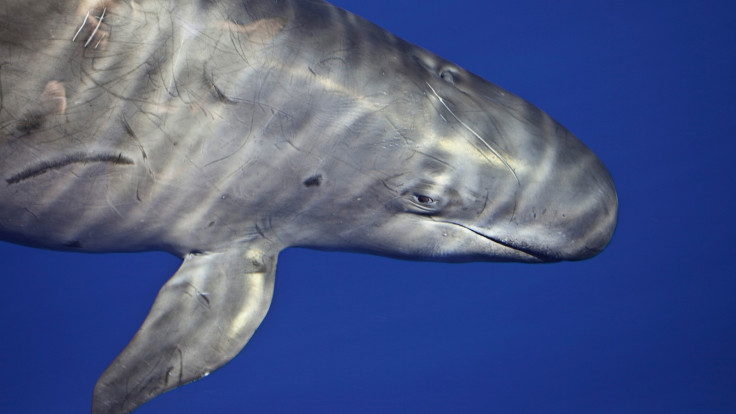
"Papahānaumokuākea is critically important to Native Hawaiian culture – it is our ancestral place, the birthplace of all life," said Sol Kahoʻohalahala, a Native Hawaiian and a member of the Northwestern Hawaiian Islands Native Hawaiian Cultural Working Group. "The expanded monument will serve as a conservation, climate and cultural refuge for my granddaughter and future generations."
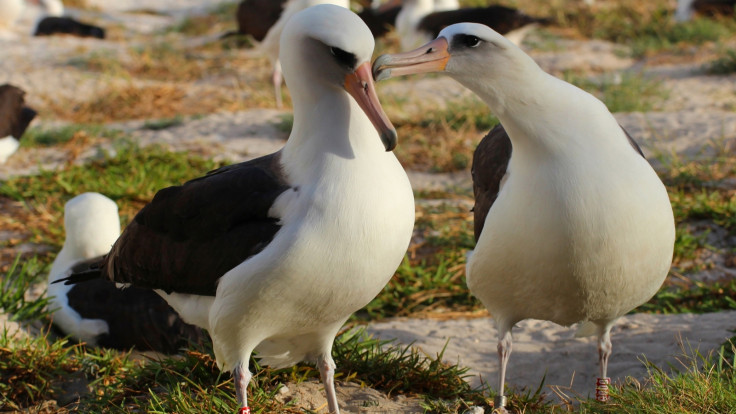
Aside from the cultural aspects, the reserve is significant for a number of reasons. Large areas of it have yet to be fully explored but scientists know it is home to at least 7,000 different species, around a quarter of which are endemic to the area – meaning they can be found nowhere else on Earth. These include rare and threatened species such as green turtles, Hawaiian monk seals and false killer whales. The monument is also famous for its seabirds given that it is home to 22 different species, numbering some 14 million birds Papahānaumokuākea is also a hotbed for finding new species. Just this year, three new types of fish were identified, as well as a ghostlike octopus, nicknamed 'Casper' by scientists.

Incredibly, some patches of ocean within the new expanded area display 100% endemism at depths of 100 metres, meaning there are no non-Hawaiian species present. Scientists have also found a deep-water black coral thought to be 4,265 years old – one of the world's oldest living organisms. In addition, there are also a number of WWII shipwrecks from the Battle of Midway inside the newly protected area.
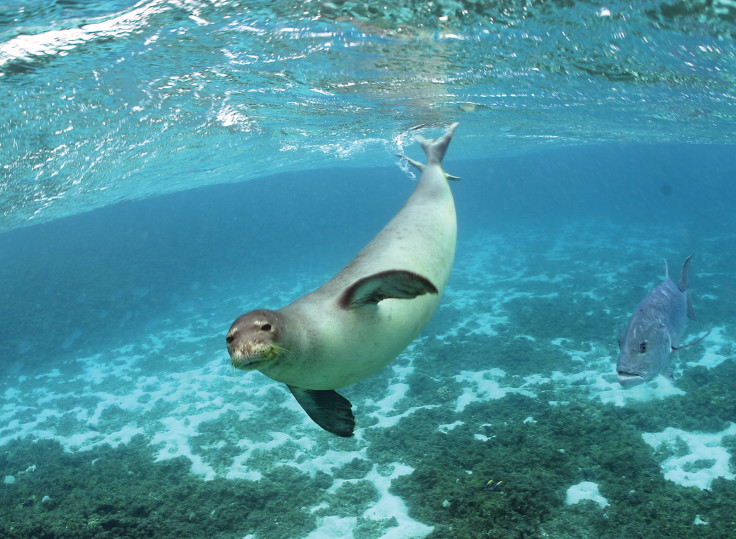
The last 18 months have been an especially successful period for ocean environmentalists, with more area designated for protection compared to any other period in history. New reserves have been announced in the US, the UK, New Zealand, Chile and Palau. However, there is still a long way to go given that scientists suggest we need to conserve at least 30% of the ocean to maintain biodiversity, support the productivity of fisheries and safeguard the multitude of benefits that the sea provides.
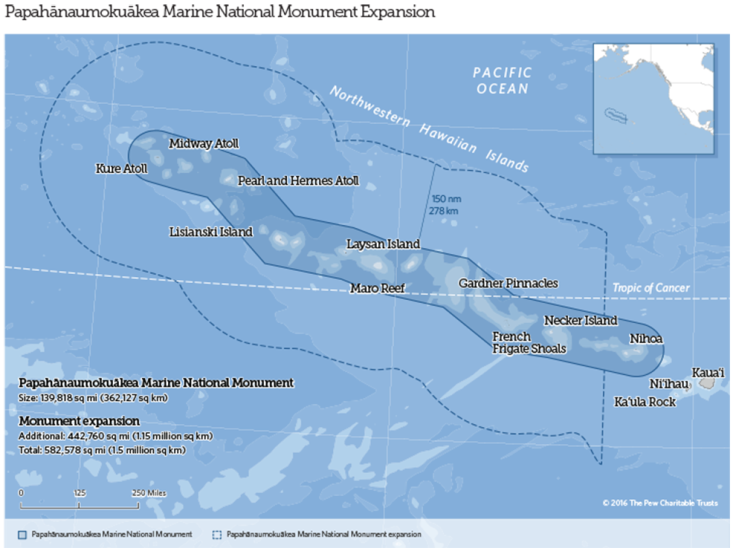
© Copyright IBTimes 2025. All rights reserved.





















